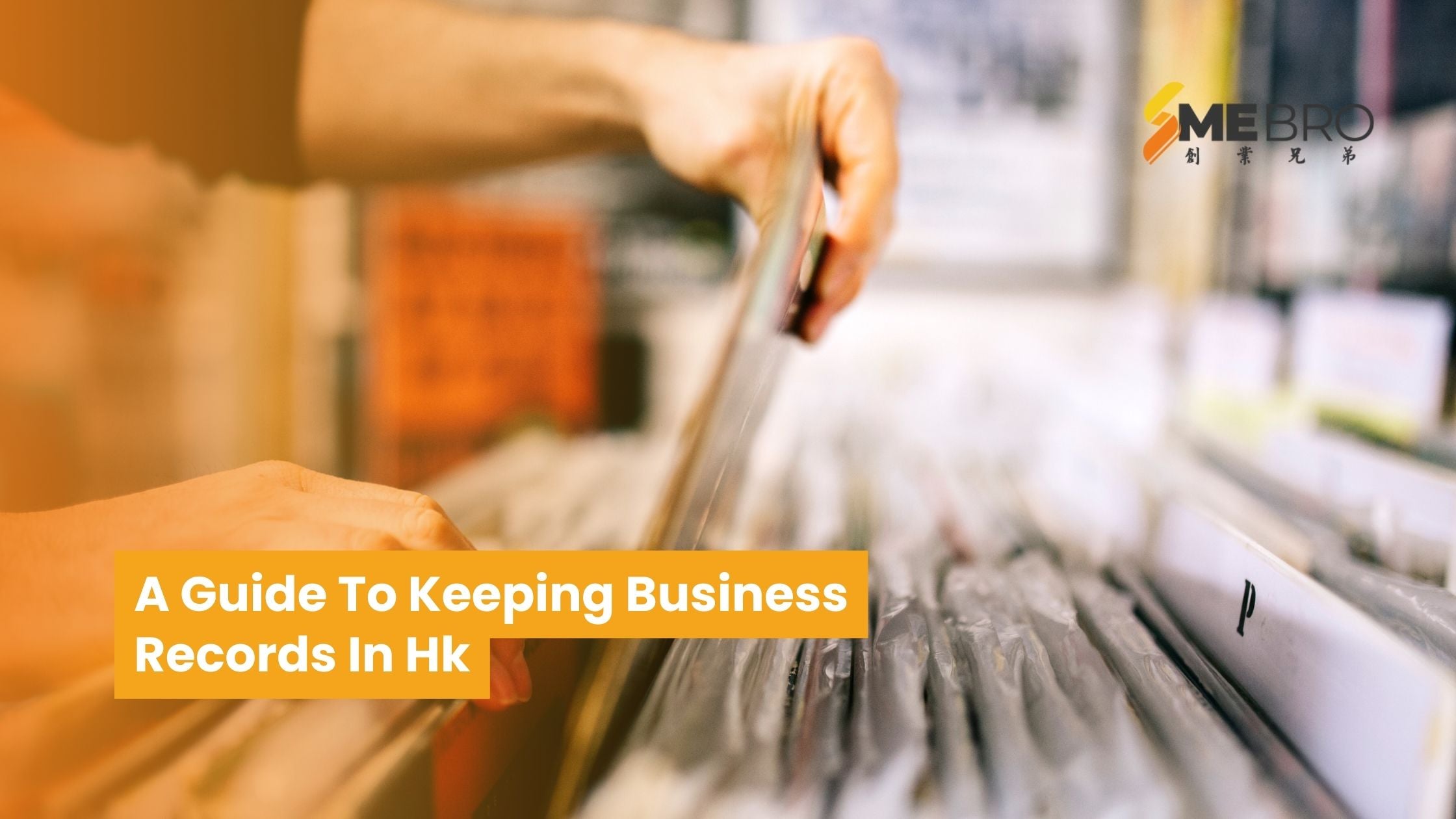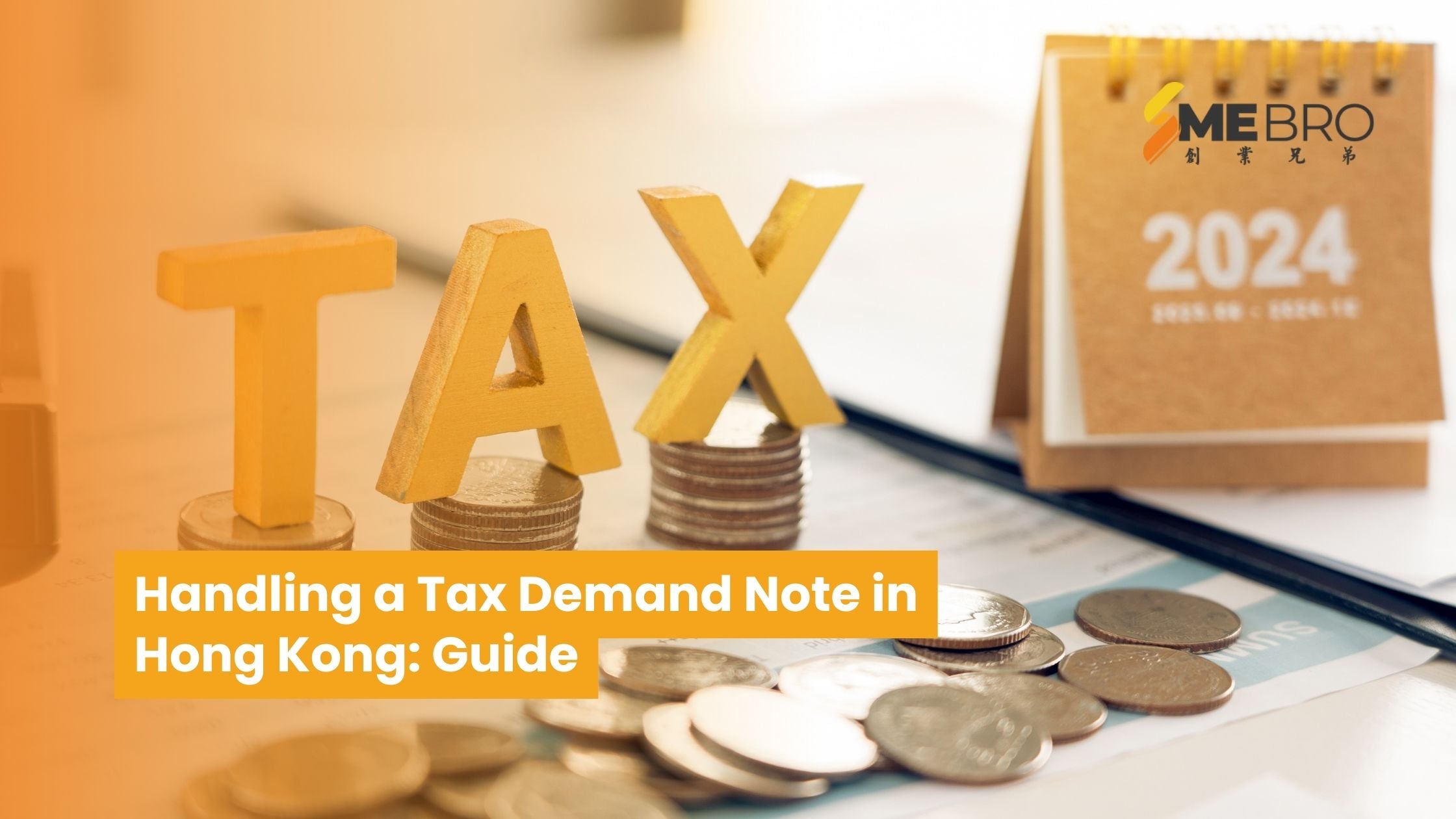For savvy globetrotters, navigating tax refund systems can be a savvy way to stretch travel budgets. In Hong Kong, a metropolitan hub renowned for its vibrant shopping scene, understanding the nuances of tax refunds can unlock significant savings.
This comprehensive guide delves into the intricacies of Hong Kong's tax refund process, equipping visitors with the knowledge to reclaim their hard-earned money efficiently.
Hong Kong's Tax Refund System
Unlike many destinations, Hong Kong does not impose a Value-Added Tax (VAT) on goods. However, certain services, such as hotel accommodations and dining, are subject to taxation.
Fortunately, the Hong Kong Tourism Board offers resources and regular updates on tax refund policies, ensuring visitors have access to the latest information.
Eligibility Criteria for Tax Refunds
To qualify for a tax refund in Hong Kong, several criteria must be met. First and foremost, applicants must be at least 18 years old and hold a valid foreign passport.
Additionally, purchases must be made at retailers that participate in the tax refund program and meet the minimum spending threshold specified by the merchant.
Step-by-Step Guide to Claiming Your Tax Refund
1. Identifying Eligible Purchases
The first step in the tax refund process is to identify participating retailers. Many stores prominently display signage indicating their involvement in the tax refund scheme. If unsure, visitors can inquire with sales associates.
Throughout the shopping experience, it is crucial to retain all purchase receipts, as these will be required for the refund application.
2. Completing the Necessary Documentation
Once eligible purchases have been made, visitors must obtain and accurately complete the tax refund forms provided by the retailer.
These forms typically require personal information, such as name and passport details, as well as a comprehensive list of purchased items and their respective costs.
3. Pre-Departure Procedures
Before departing Hong Kong, visitors must visit the designated tax refund counters at the airport. These counters are conveniently located within the departure areas, ensuring easy access.
At the counter, travelers will need to present their completed tax refund forms, original purchase receipts, the items themselves, and a valid passport.
4. Receiving the Refund
Upon verification of the submitted documentation and purchased goods, visitors can choose their preferred refund method.

Options typically include credit card refunds, bank transfers, or cash disbursements. It is advisable to inquire about the expected timeframe for receiving the refund, as processing times may vary.
The Refund Process
Claiming your tax refunds is surprisingly easy. Follow these steps for a smooth experience:
1. Save Your Receipts
Make sure you request and keep receipts for all eligible expenses. Digital copies are a great way to ensure you don't lose them.
2. Look for Refund Counters
Many hotels and shopping centers have dedicated refund counters. You can usually find them at the airport as well.
3. Present Your Receipts
At the refund counter, present your receipts and passport. The staff will assist you in filling out any necessary forms.
4. Receive Your Refund
Refunds can be issued in cash, by cheque, or as a credit to your credit card. Choose the option that's most convenient for you.
Maximizing Tax Refund Benefits
To ensure visitors maximize their tax refund potential, several strategies can be employed. Consolidating purchases to meet minimum spending thresholds and maintaining meticulous records by storing receipts in a dedicated travel wallet or folder can streamline the process.
Additionally, some retailers offer immediate tax refund services, providing instant savings at the point of purchase.
Common Pitfalls to Avoid
Navigating the tax refund process can be seamless if certain pitfalls are avoided. Forgetting to keep passports and receipts readily available, waiting until the last minute to seek a refund, or misplacing important purchase documents can lead to unnecessary complications and potential refund denials.
Additional Tips for a Smooth Refund Experience
To further enhance the tax refund experience, visitors can consider mapping out their shopping itineraries to include stores known for participating in the tax refund program.
Leveraging digital tools, such as expense-tracking apps like Expensify or Foreceipt, can provide an added layer of organization and backup for receipts.
Additionally, reviewing store-specific refund policies can help manage expectations and ensure compliance with any unique requirements.
Advanced Strategies for Frequent Shoppers
For those who frequently visit Hong Kong, enrolling in shopper loyalty programs or regularly checking the Hong Kong Inland Revenue Department's website for policy updates can yield additional benefits and insights.
Furthermore, leveraging technology through apps like Global Blue can streamline the process by enabling digital tracking of receipts and refund statuses.
Tips for Maximizing Your Refunds
To make the most of your tax refunds, keep these helpful tips in mind:
- Plan Your Shopping: If getting tax refunds is a priority, focus your shopping on stores and services that offer this benefit.
- Keep Digital Copies: Scan or photograph your receipts as a backup. This can be a lifesaver if you misplace the originals.
- Check Refund Deadlines: There are often deadlines for claiming tax refunds. Make sure you submit your claims in a timely manner.
Conclusion
Navigating Hong Kong's tax refund system can be a straightforward and rewarding endeavor with the right preparation and knowledge.
By following this comprehensive guide, visitors can enjoy the financial benefits of tax-efficient shopping while immersing themselves in the city's vibrant retail landscape.
Don't let those hard-earned Hong Kong dollars go to waste. With a little preparation and understanding, you can easily claim your tax refunds and enjoy an even more rewarding shopping experience in this vibrant city.



